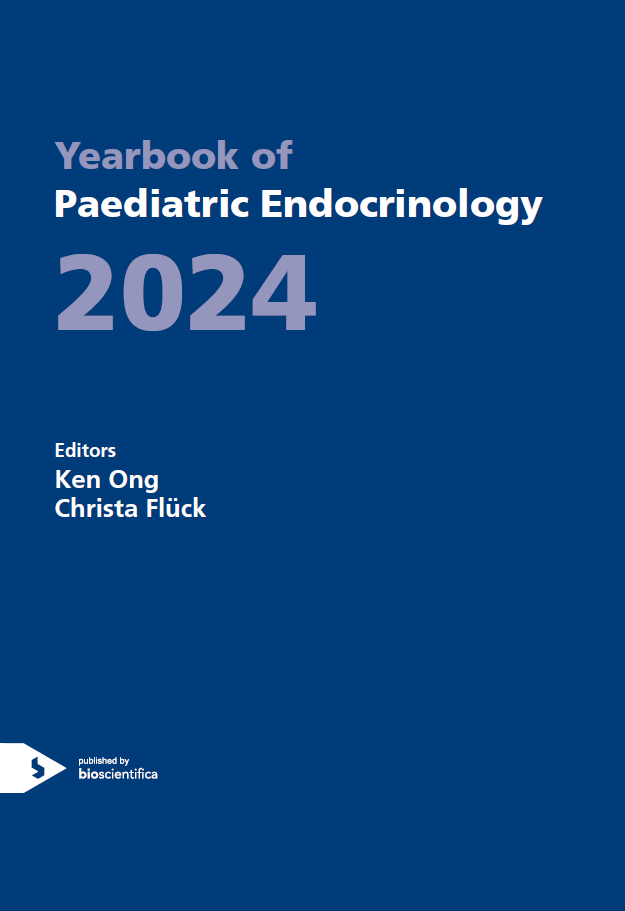8. Adrenals
New Hope
ey0021.8-13 | New Hope | ESPEYB21
8.13. The role of interferon-[gamma] in autoimmune polyendocrine syndrome Type 1
V Oikonomou , G Smith , GM Constantine , MM Schmitt , EMN Ferre , JC Alejo , D Riley , D Kumar , Dias L Dos Santos , J Pechacek , Y Hadjiyannis , T Webb , BA Seifert , R Ghosh , M Walkiewicz , D Martin , M Besnard , BD Snarr , S Deljookorani , CR Lee , T DiMaggio , P Barber , LB Rosen , A Cheng , A Rastegar , AA de Jesus , J Stoddard , HS Kuehn , TJ Break , HH Kong , L Castelo-Soccio , B Colton , BM Warner , DE Kleiner , MM Quezado , JL Davis , KP Fennelly , KN Olivier , SD Rosenzweig , AF Suffredini , MS Anderson , M Swidergall , C Guillonneau , LD Notarangelo , R Goldbach-Mansky , O Neth , MT Monserrat-Garcia , J Valverde-Fernandez , JM Lucena , AL Gomez-Gila , A Garcia Rojas , MRJ Seppanen , J Lohi , M Hero , S Laakso , P Klemetti , V Lundberg , O Ekwall , P Olbrich , KK Winer , B Afzali , NM Moutsopoulos , SM Holland , T Heller , S Pittaluga , MS Lionakis
ey0021.8-14 | New Hope | ESPEYB21
8.14. Circulating non-coding RNA biomarkers of endocrine tumours
ey0021.8-15 | New Hope | ESPEYB21
8.15. Metastatic pheochromocytoma and paraganglioma: somatostatin receptor 2 expression, genetics, and therapeutic responses
A Fischer , S Kloos , U Maccio , J Friemel , H Remde , M Fassnacht , C Pamporaki , G Eisenhofer , HJLM Timmers , M Robledo , SMJ Fliedner , K Wang , J Maurer , A Reul , K Zitzmann , N Bechmann , G Žygienė , S Richter , C Hantel , D Vetter , K Lehmann , H Mohr , NS Pellegata , M Ullrich , J Pietzsch , CG Ziegler , SR Bornstein , M Kroiss , M Reincke , K Pacak , AB Grossman , F Beuschlein , S Nolting




